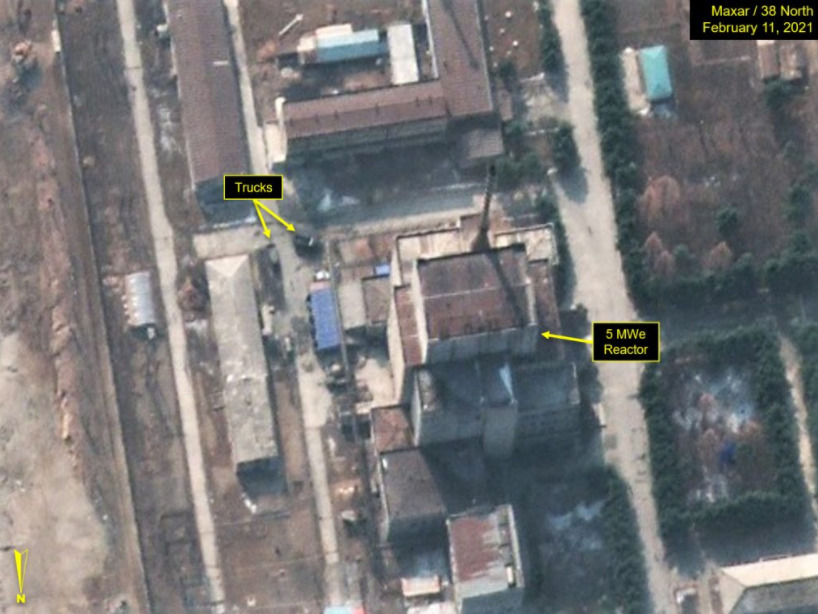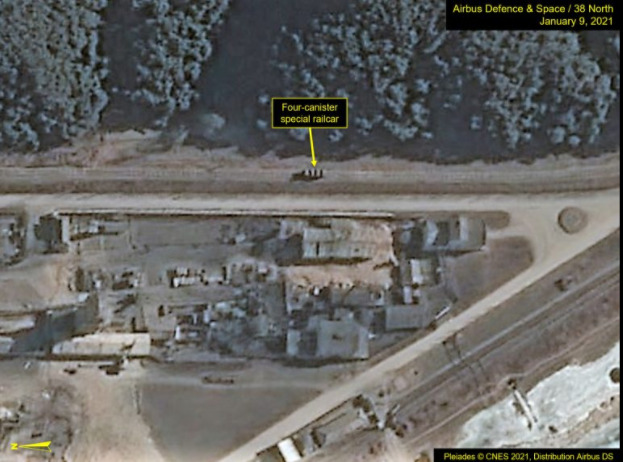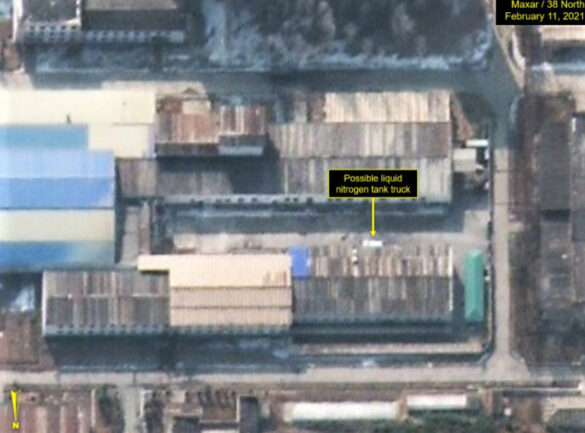After North Korea announced last year that it would continue to develop nuclear weapons, a U.S. think tank found that the uranium enrichment plant at North Korea’s Yongbyon nuclear facility was still in operation, but the reactor in the Yongbyon nuclear facility was inactive.

38 North, a think tank website at Johns Hopkins University in the United States, which studies North Korea’s dynamics, reported on February 20 that 38 North found that the uranium enrichment plant at North Korea’s Yongbyon nuclear facility is still in operation.
According to the analysis of “38 North” experts, from January to February this year, the satellite map of the Yongbyon nuclear facility found that the reactor in the Yongbyon nuclear facility was inactive, while the uranium enrichment plant was in a state of operation all winter.
The Yongbyon Atomic Energy Research Center is a nuclear energy facility established with Soviet assistance in the 1960s. Its main body is a 5 megawatt (5MWe) experimental graphite nuclear reactor, which was built in 1987. Subsequently, North Korea built a uranium enrichment plant when expanding its Yongbyon nuclear facility, which can produce weapons-grade enriched uranium with a concentration of 90%. Because the reactor can produce materials for nuclear weapons, its operation has become one of the key issues of North Korea’s nuclear issue.
38 North says that the uniquely shaped special orbit vehicle in the satellite image arrived at the UCF and left, which is evidence that the UCF continues to operate.
In satellite images on January 3, three orbital vehicles were around the uranium enrichment plant, and in the February 11th picture, all three vehicles left the uranium enrichment plant. In satellite images from January 30 to February 11, trucks suspected of containing liquid nitrogen appeared at uranium enrichment plants.
In contrast, the Yongbyon Radiochemistry Laboratory has one or two vehicles, and no activities have been found except snow sweeping. There are continuous vehicles around the 5MW nuclear reactor in Yongbyon nuclear facility, but no signs of the reactor restart were found.

Although it has not been restarted, some other low-level activities at the Yongbyon nuclear facility that began last fall, such as facility construction and renovation, and flood control management, have resumed after a brief pause due to the cold.
Earlier, North Korea announced at the 8th National Congress of the Labor Party that it would continue to develop nuclear weapons. The 8th National Congress of the Workers’ Party of Korea opened in Pyongyang on January 5. Kim Jong-un, the leader of the North Korean state, talked about the development direction of the North Korean national defense force when making a concluding report at the conference on January 9.
Kim Jong-un pointed out in his report that North Korea developed nuclear force to deal with the threat of the United States. In order to enhance North Korea’s “nuclear war containment” and “self-defense defense force”, North Korea will further develop more powerful super-large nuclear warheads, various miniaturized and tactical nuclear warheads.



